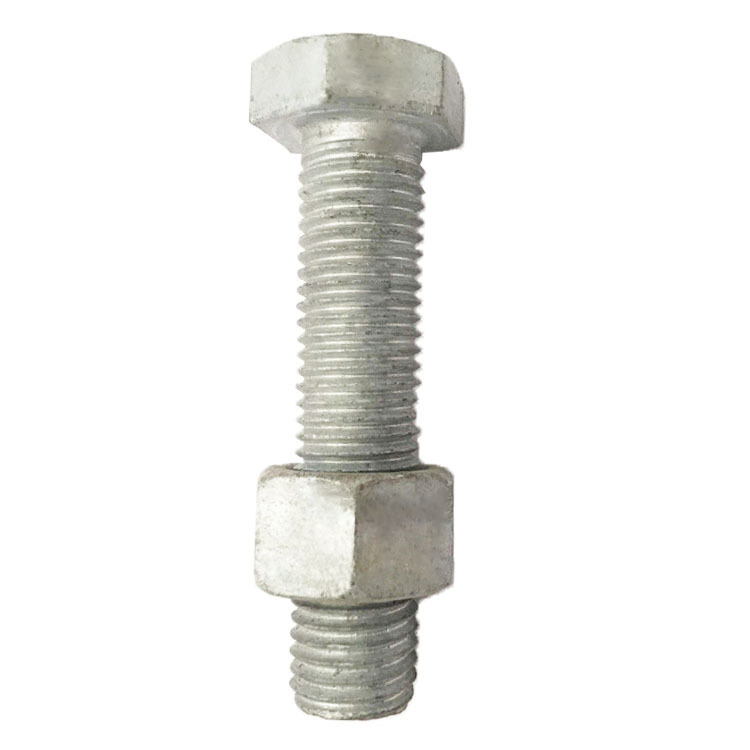

DIN 125 Flat Washer Specifications and Applications in Mechanical Engineering
Nov . 25, 2024 12:11 Back to list
DIN 125 Flat Washer Specifications and Applications in Mechanical Engineering
Understanding DIN 125 Flat Washers A Comprehensive Guide
DIN 125 flat washers are essential components used in various mechanical assemblies to distribute the load of a threaded fastener, such as a bolt or a nut. These washers play a crucial role in enhancing stability, preventing loosening, and protecting surfaces from damage during fastening operations. Understanding the specifications, applications, and benefits of DIN 125 flat washers is vital for engineers, designers, and maintenance personnel.
Specifications and Standards
The DIN 125 standard originated from Germany, where DIN stands for Deutsches Institut für Normung or the German Institute for Standardization. This standard specifies the dimensions, material properties, and manufacturing processes for flat washers to ensure quality and interoperability. DIN 125 flat washers are characterized by their circular shape, a central hole that fits snugly onto a bolt or screw, and a uniform thickness that ensures even load distribution.
These washers come in various sizes, primarily defined by their outer diameter (OD), inner diameter (ID), and thickness. Common materials used for DIN 125 washers include steel, stainless steel, brass, and plastic, each offering different mechanical properties and corrosion resistance levels. For instance, stainless steel washers are renowned for their durability and resistance to rust, making them ideal for outdoor or high-moisture applications.
Applications
DIN 125 flat washers are widely used across numerous industries, including automotive, aerospace, construction, and machinery. In the automotive sector, these washers are frequently found in engine assemblies, where they help secure bolts against vibrations and thermal expansion. In construction, they provide stability in structural connections, preventing bolts from loosening under load.
din 125 flat washer

In addition to their use with fasteners, DIN 125 washers are often employed in electronic equipment, appliances, and furniture manufacturing. They can act as spacers, providing separation between components to prevent electrical shorts or mechanical interference. This versatility makes them an essential component in various applications, ensuring reliability and performance.
Benefits
The use of DIN 125 flat washers comes with several key benefits. Firstly, they help to increase the bearing surface area of a fastener, reducing the risk of deformation to the material being fastened. This characteristic is particularly critical in softer materials, where the risk of stripping threads or crushing can lead to mechanical failures.
Secondly, flat washers provide resistance against loosening due to vibration. In dynamic applications, vibrations can cause fasteners to shift, leading to potential equipment failure. The added surface area and mechanical support provided by a washer can significantly mitigate this risk.
Lastly, the use of DIN 125 washers can enhance the overall aesthetics of an assembly. With a variety of finishes available, including zinc plating and powder coating, these washers can improve the appearance of mechanical assemblies, which is essential in consumer-facing products.
Conclusion
In conclusion, DIN 125 flat washers are an indispensable component in mechanical assemblies across various industries. Their standardized dimensions, flexibility in materials, and ability to significantly improve the performance of fasteners make them a valuable asset in engineering design and maintenance. For anyone involved in construction, manufacturing, or mechanical engineering, understanding the role and specifications of DIN 125 flat washers is crucial for ensuring safety, reliability, and efficiency in their projects.
Latest news
-
Hot Dip Galvanized Bolts-About LongZe|High Strength, Corrosion Resistance
NewsJul.30,2025
-
High-Strength Hot Dip Galvanized Bolts - Hebei Longze | Corrosion Resistance, Customization
NewsJul.30,2025
-
Hot Dip Galvanized Bolts-Hebei Longze|Corrosion Resistance&High Strength
NewsJul.30,2025
-
High-Strength Hot-Dip Galvanized Bolts-Hebei Longze|Corrosion Resistance&High Strength
NewsJul.30,2025
-
Hot Dip Galvanized Bolts-Hebei Longze|Corrosion Resistance&High Strength
NewsJul.30,2025
-
Hot Dip Galvanized Bolts - Hebei Longze | Corrosion Resistance, High Strength
NewsJul.30,2025

